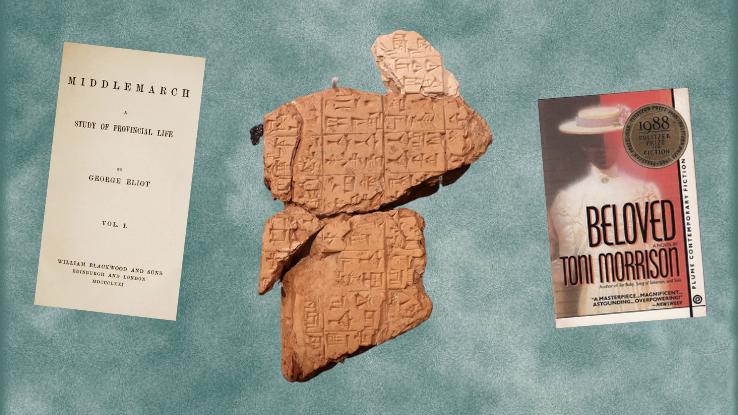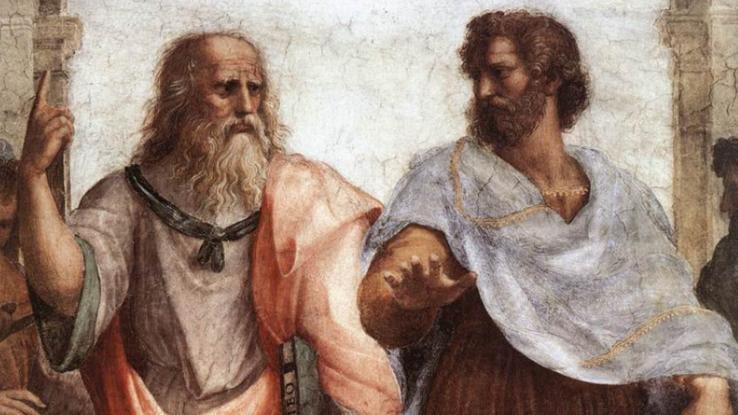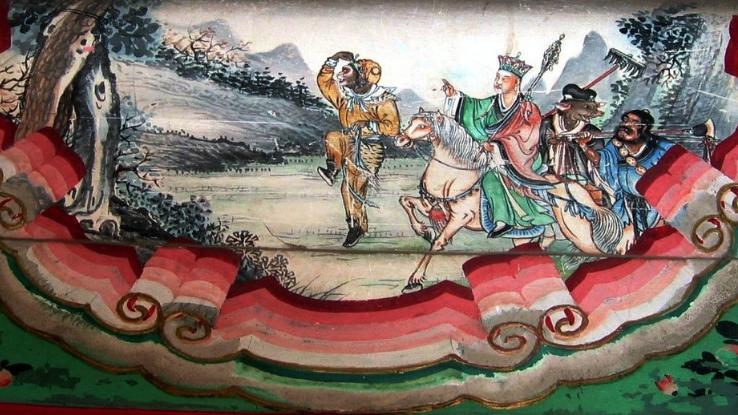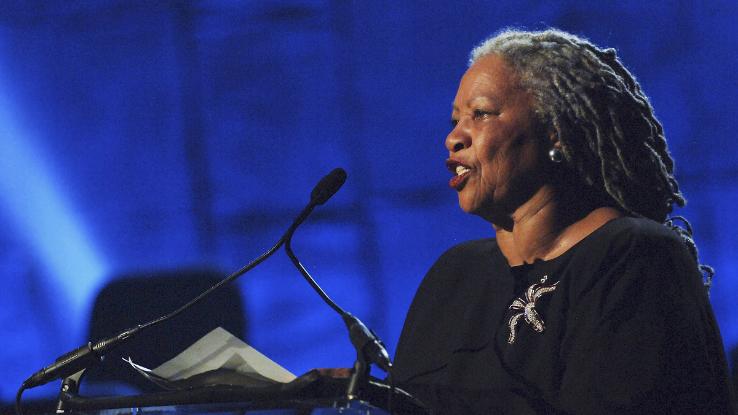Fashion Design Semester 1 Study Guide

For many folks, the discussion "literature" conjures upward memories of high school English class reading lists. While the Western literary canon is expanding to include, and elevate, stories outside of what white, Western readers take dubbed "the classics," there are however some works that crop up in every pupil's career, from Frankenstein and the Epic of Gilgamesh to Beloved and The Great Gatsby. So, why is literature important — and why exercise we written report information technology?
Merriam-Webster defines literature every bit poetry or prose that has "excellence of class or expression and expressing ideas of permanent or universal interest." While it may audio trite to say, the globe's greatest works of literature have changed minds, sparked rebellions, and helped to alter the course of history. While information technology would be impossible to contain all of literature'southward contributions and multitudes here, we're going to take a wait at some of the landmark moments in this art class'southward history.
Literature Transports Usa To the Past
Like other recovered art objects, literature has the power to tell us about ancient civilizations. Non simply can we understand their customs, values and lives, but we can get a amend idea of what their entertainment looked like. The first-known examples of literature can be traced back to ancient Mesopotamia. Around 3400 BCE, the Sumerians developed a organization of writing chosen cuneiform, which allowed scribes to record myths, hymns and poetry. Some of these earliest-known transcriptions include the "Kesh Temple Hymn" and the "Instructions of Shuruppak," both of which were written around 2500 BCE.

The Ballsy of Gilgamesh, a long-form Mesopotamian poem, was originally written around 2100 BCE. Even today, Gilgamesh is considered the first great masterpiece of world literature. In fact, much of the Bible parallels this aboriginal work, furthering emphasizing just how universal and influential Gilgamesh was — and continues to be today.
In 375 BCE, Plato, the Athenian philosopher, authored The Commonwealth, a dialogue between Socrates and his boyfriend Greek thinkers, which explores thought-provoking questions about justice, order and the simply human. And, around the 8th century BCE, the landmark epics attributed to the poet Homer, The Odyssey and The Iliad, helped preserve Greek mythology and history in writing.
Literature Helps Us Reevaluate Our Worlds
Early, literature was independent inside poetry and dramatic works — after all, performing plays was some other great source of entertainment. During the 11th century, or the Heian menstruum, Japanese noblewoman and lady-in-waiting Murasaki Shikibu penned The Tale of Genji, which is considered the first modern novel by many scholars.

Years later, in Europe, things started to shift in a meaningful way in the wake of Geoffrey Chaucer's The Canterbury Tales, a collection of 24 stories written in Middle English language between 1387 and 1400. Picking upwards the prose torch effectually 1485, Thomas Malory published Le Morte d'Arthur, i of the kickoff novels in the Western canon. During the Renaissance, writers like Molière began satirizing everything from the church building and government to order at large, showing that written works had the propensity to shift the residual of ability and make people rethink their world views.
During the 16th century, as well known every bit the Ming dynasty, the Chinese novel Journey to the West was published. Attributed to Wu Cheng'en, this satire- and allegory-filled piece of work is considered one of the Four Great Classical Novels of Chinese literature. Around the same time, William Shakespeare was helping to lay the foundations of mod English language and craft the literary tropes and story formats we still savor today. And, of class, in 1615 Miguel de Cervantes penned Don Quixote, a romantic, archetypal novel that's considered one of the most influential works of all fourth dimension.
Literature Gives Folks a Voice and Platform — and Let's Readers See Themselves Reflected
Once again, it's impossible to fully encapsulate the breadth of literary history hither. Moreover, this commodity focuses on written works, but it's important to notation that many cultures and groups of people tape stories through imagery instead — or pass their stories down in oral traditions. All of this to say, our view of literature is a narrow ane, and, in many ways, limited by the mode educational institutions accept shaped our understanding of what works are important.

James Simpson, head of Harvard Academy's English Department, spoke near these limitations directly in an open up letter to the Wall Street Periodical entitled "Great Literature Magnifies Repressed Voices, Always." For Simpson, the ages-former Western literary catechism, which highlights the literary contributions of white (and frequently direct) men, "betray[s] the primal function of literature and other art forms, which is to hear the voices repressed by official forms of a given civilization."
Of grade, the literary canon has been refreshed in by, which proves that it's important to reshape and rethink the stories we deem essential. For example, at the time of its writing Nathaniel Hawthorne'due south The Scarlet Letter was kind of the scandalous (easily consumable) HBO-similar story of the solar day. But, now, it'southward largely considered a probing, essential work — not simply amusement. In the wake of World War I, authors similar Virginia Woolf and F. Scott Fitzgerald penned novels, like Mrs. Dalloway and The Great Gatsby respectively, that captured their disillusionment first and foremost. However, these continue to be must-read works due to the fashion they exemplify craft and storytelling elements. (At least in part.)
More modern literature also ushered in the more formal notion of literary sub-genres, ranging from science fiction — a genre created by Frankenstein author Mary Shelley — to romance, fantasy, and realism. By retracing certain tropes, conventions and grapheme types, genre helps usa empathise the way detail stories are shaped by categorizing them.
Without a doubtfulness, literature helps us uncover — exist it an uncovering of the past, a present cocky, or a possible futurity. The most distinguished literary greats, like Toni Morrison, Alice Walker, Margaret Atwood, James Baldwin, Kazuo Ishiguro, Chinua Achebe, Jhumpa Lahiri, Gabriel Garcia Marquez, Zadie Smith, and Maggie Nelson (and many, many more than folks we don't take the space to name!), capture all of these facets. In short, by climbing into the minds of other characters and worlds — in stepping outside of ourselves — literature allows us to understand universal truths; change minds; stir empathy; and express our identities and values in lasting, far-reaching ways.
0 Response to "Fashion Design Semester 1 Study Guide"
Post a Comment